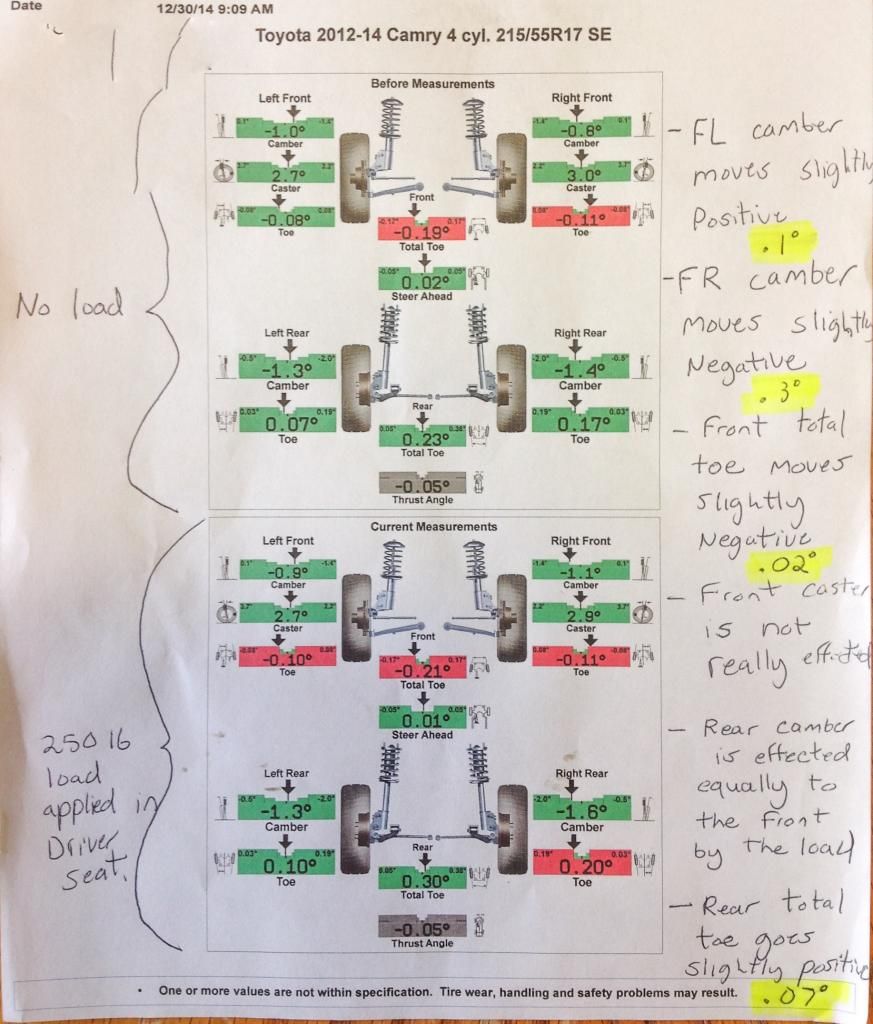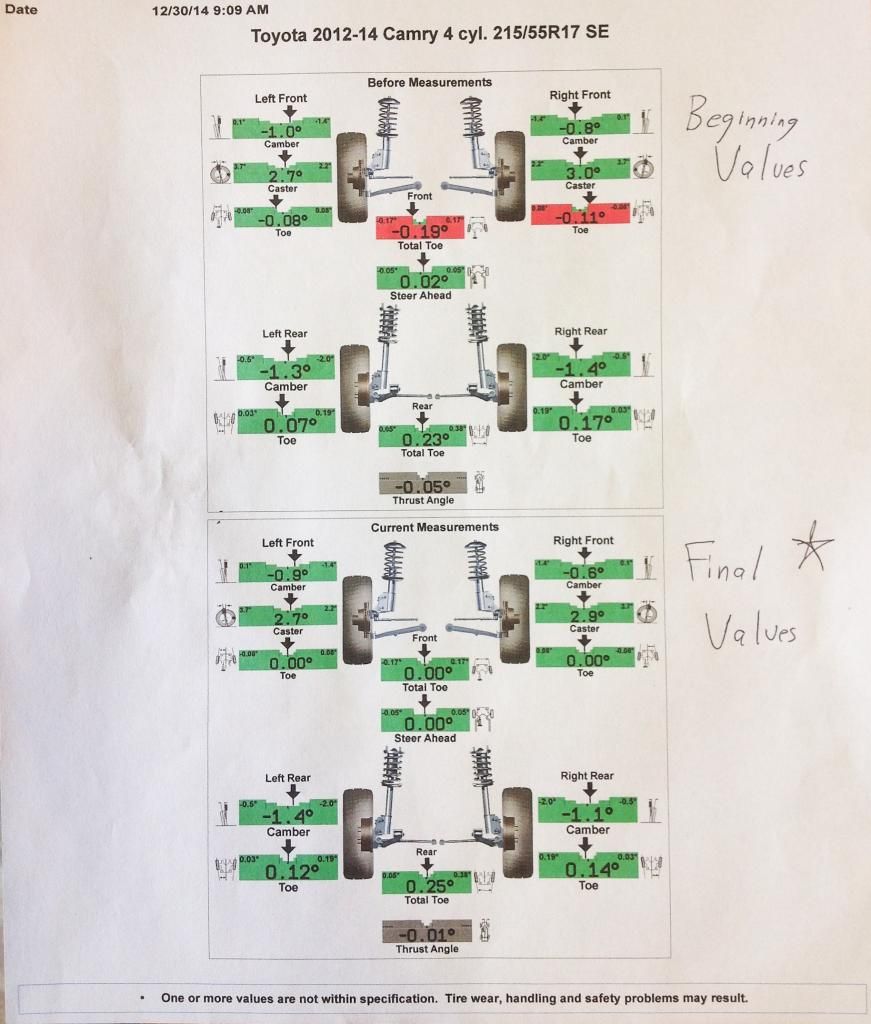Mazda in my signature is going in for an alignment tomorrow(I replaced a control arm). The tank is between 1/2 & 1/4. Should I fill the tank on the way?
The shop doing the alignment says it doesn't matter! But, I have heard different on many occasions! Some say 1/2 tank, some say FULL tank and other say it doesn't matter.
What say you?

CB
The shop doing the alignment says it doesn't matter! But, I have heard different on many occasions! Some say 1/2 tank, some say FULL tank and other say it doesn't matter.
What say you?

CB



